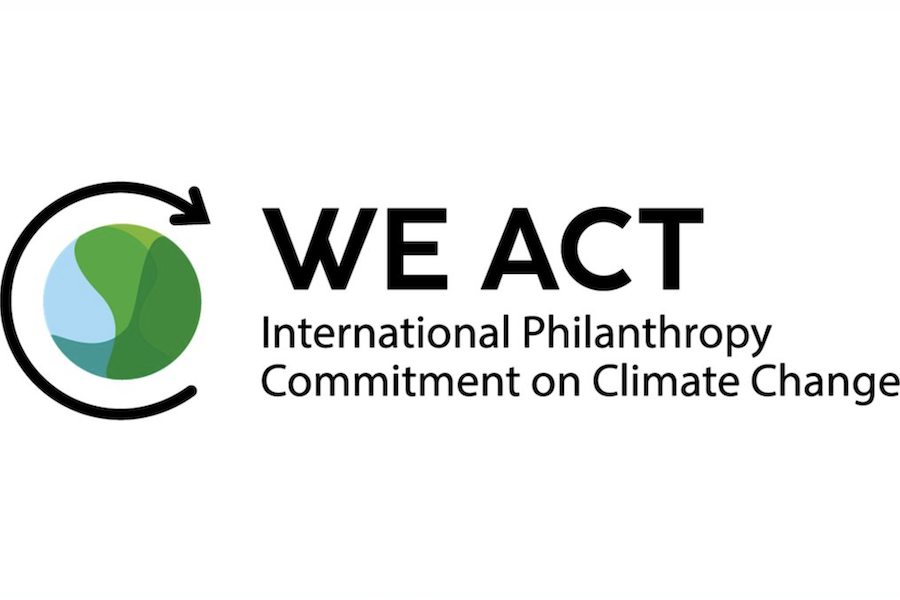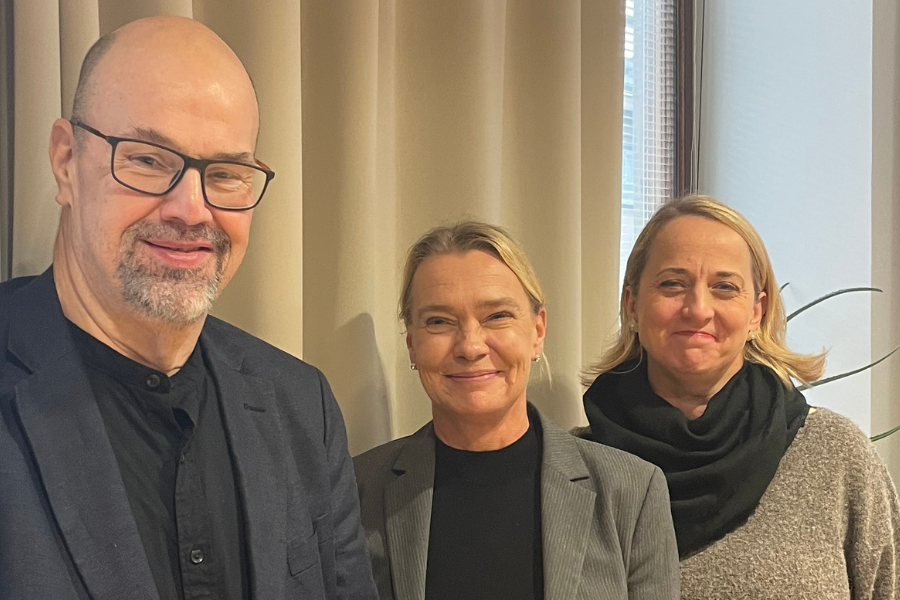
Launch of International Philanthropy Commitment on Climate Change
July 7, 2021
New study reveals charitable giving trends in 6 European nations
July 7, 2021The latest annual data has been released for Italy’s tax-efficient giving scheme – 5 per mille or 5×1,000 – showing that the number of donors using the scheme dropped from 14.6 million to just over 14 million from 2019 to 2020.
The 5×1000 scheme, which allows Italian taxpayers to designate a small percentage of tax monies to a nonprofit organisation of their choice, appears to be losing favour with donors. It requires them to add the fiscal code of the organisation into the relevant section of their tax return. The list is published the following year, enabling nonprofits to work out how many people have given using the scheme and how much has been raised.
Despite the drop in donors using the scheme, the amount given through the scheme has reached the state-imposed limit of €520 million, prompting Nicola Bedogni president of ASSIF – the Italian Fundraising Association, and other nonprofit representatives to urge government to raise that limit:
“There has been a decline in signatures”, Bedogni says: “we have lost 600,000 choices; perhaps due to the particular circumstances of last year, people did not have the time and desire to look for the organisation’s tax code”.
“From now on, we need to make an appeal to government to raise the ceiling on donation levels: we have constantly exceeded the cap since 2018.”
The Italian Government has been gradually increasing the donation cap from €510m in 2019 to €520m in 2020 and €525m in 2021. However, Bedogni reports that even the €525m limit is already being exceeded. To encourage supporters to keep on using the scheme, the cap needs to be raised even higher.
The data also reveals trends in people’s charitable giving choices. Perhaps unsurprisingly, the popularity of health research has risen, with sport and scientific research remaining stable. However, there was also a significant increase in the public’s support for culture and conservation, including national parks and the sea).
Related news:




